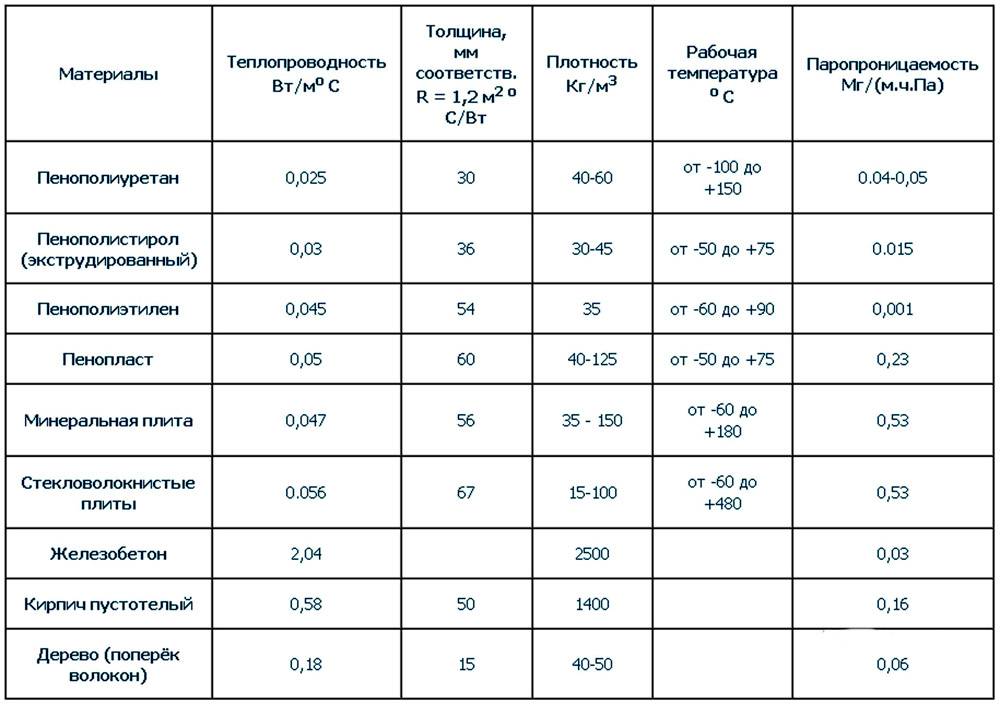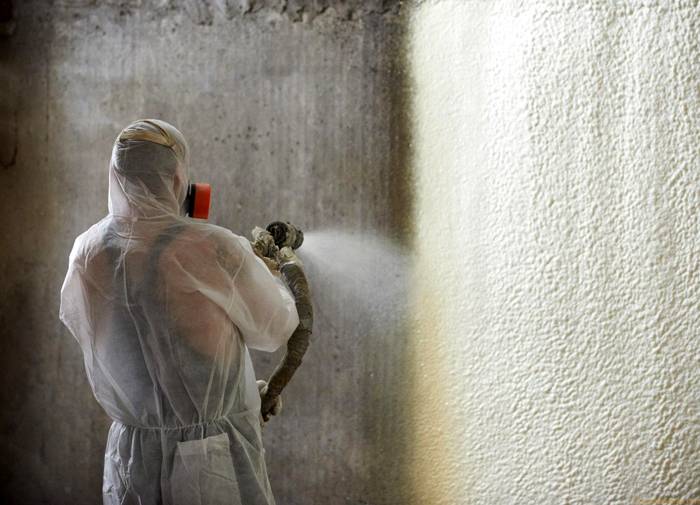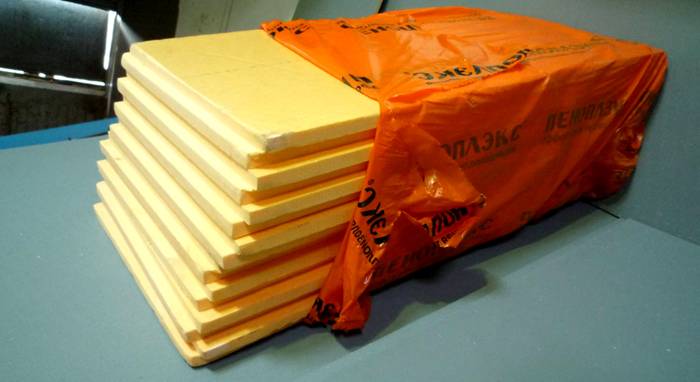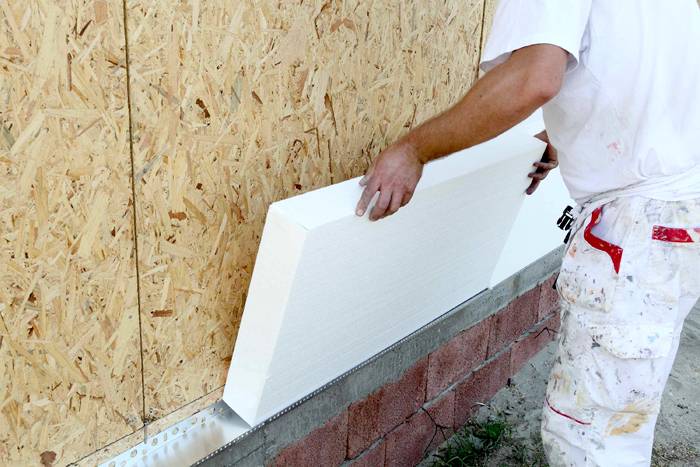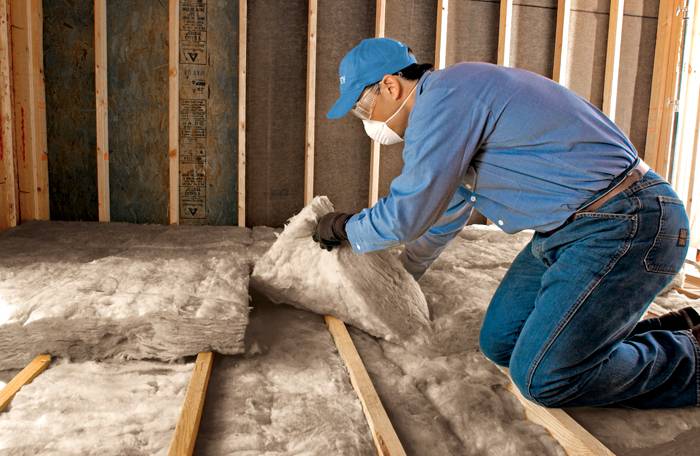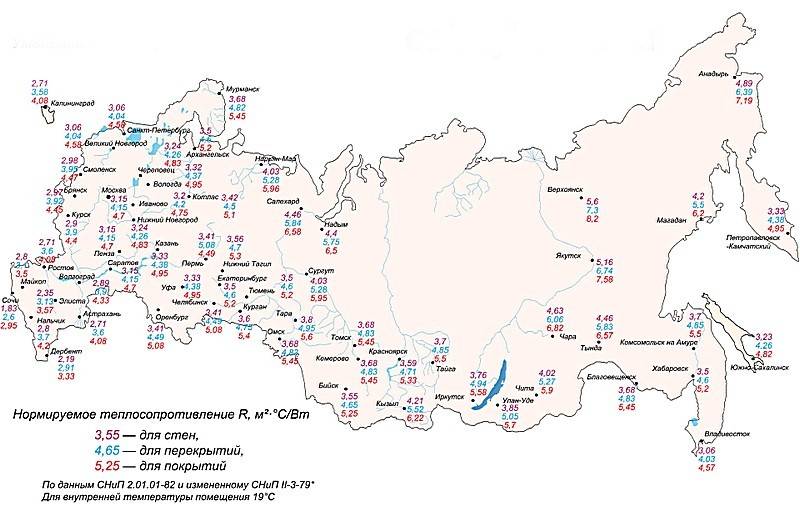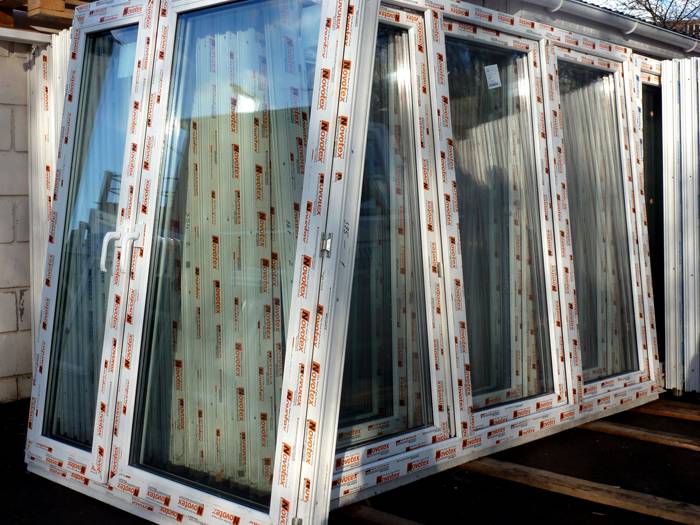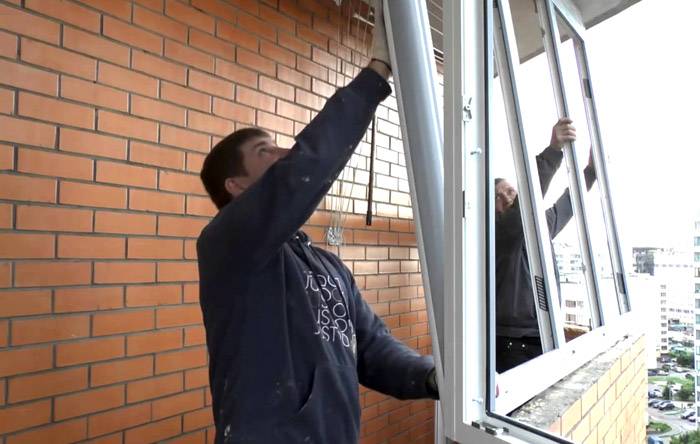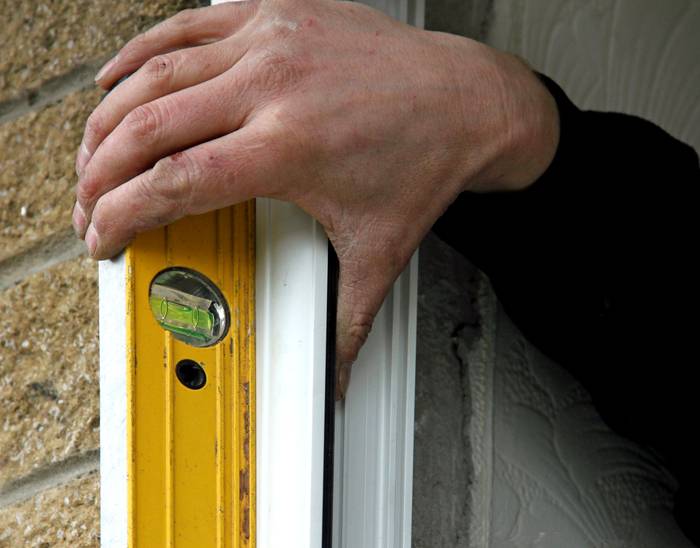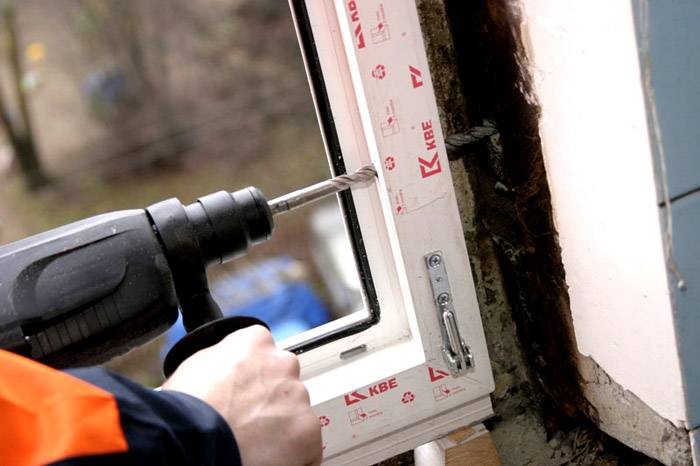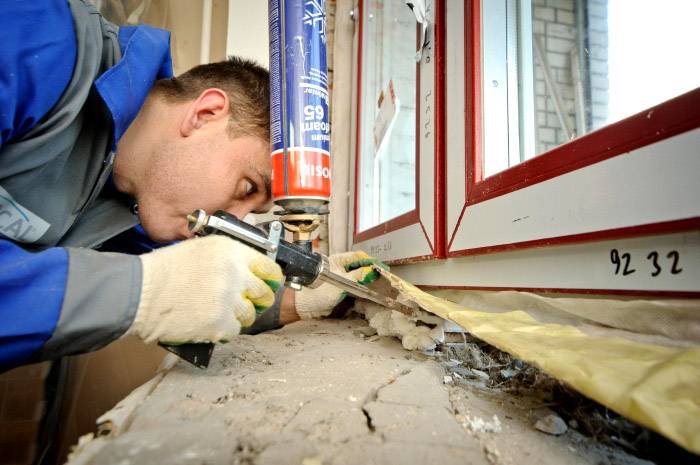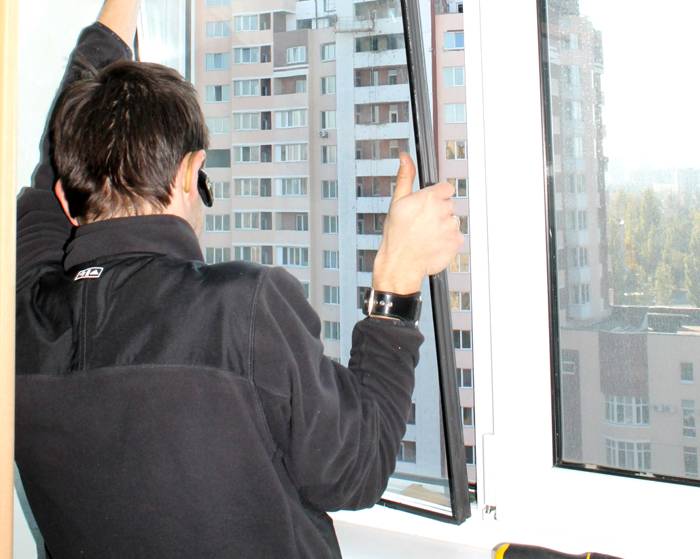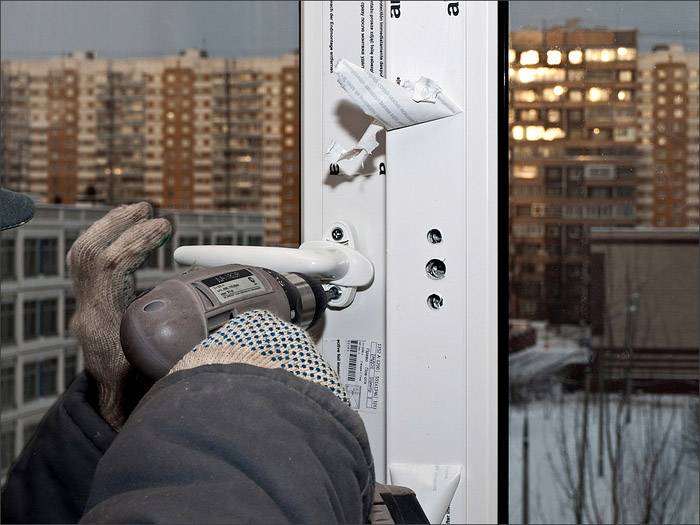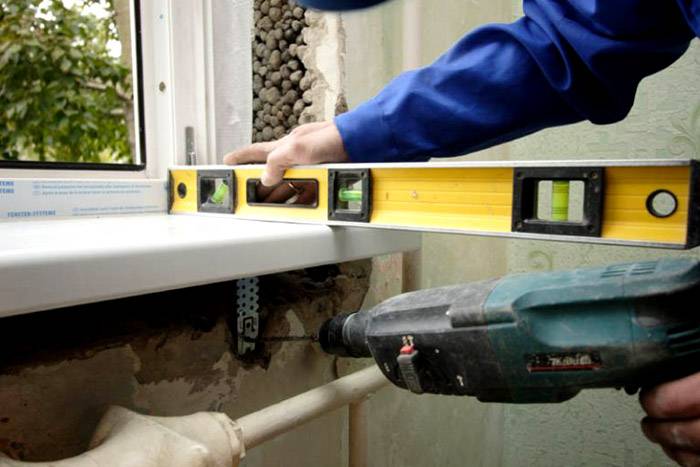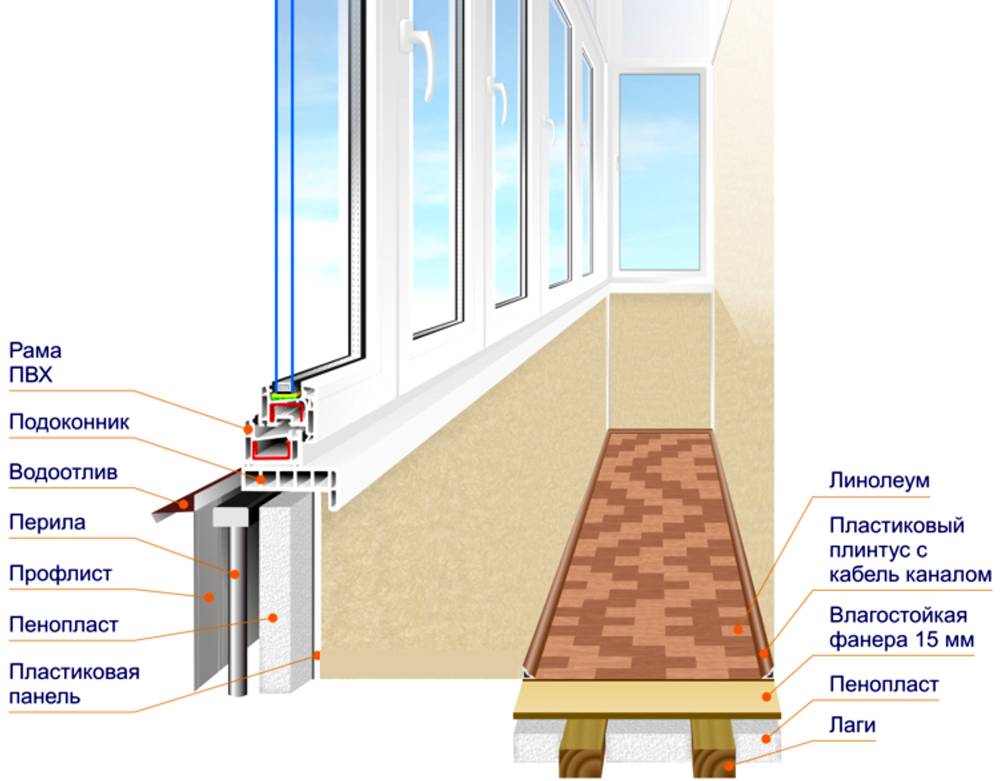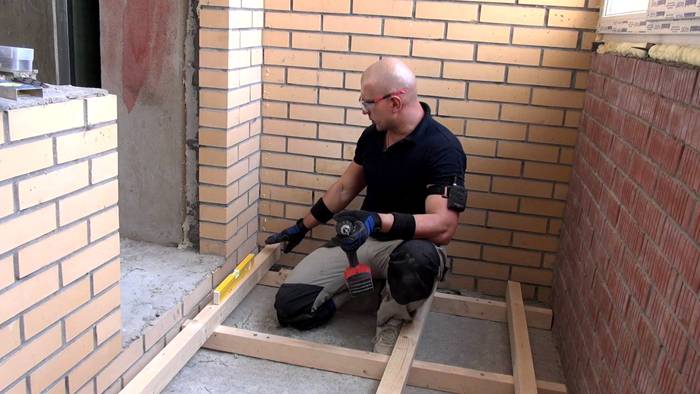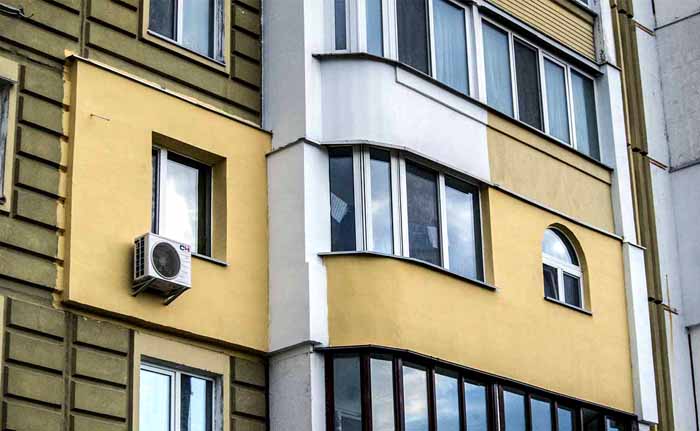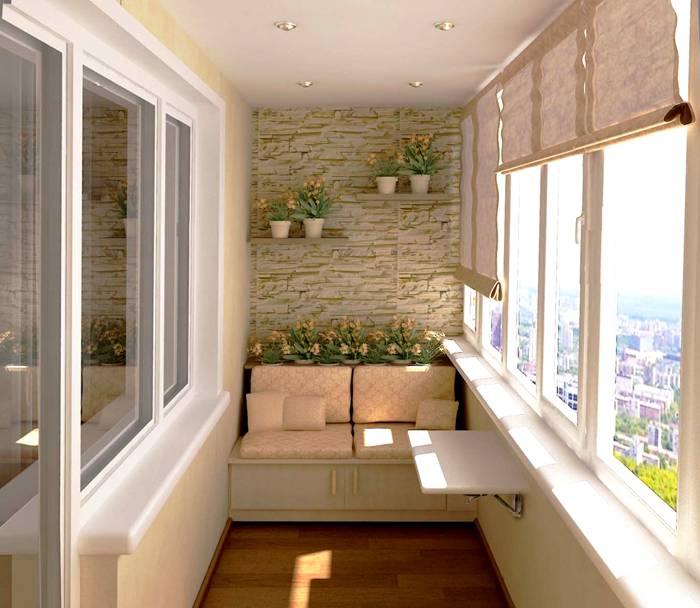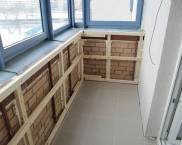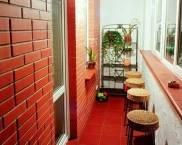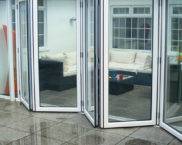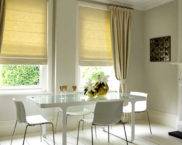How to insulate a balcony with your own hands: a step-by-step photo and expert advice
An insulated balcony is not just an additional usable area, it is a room that acts as a buffer between a cold street and a warm apartment. The better the thermal insulation of this object is, the less energy loss will be. We offer you to consider detailed recommendations on how to insulate a balcony with your own hands, a step-by-step photo and useful tips on this topic.
The content of the article
Ten things you shouldn't do
There are common mistakes in arranging a balcony space. They are committed out of ignorance and inexperience. Let's fix this and consider all the likely misses.
Table 1. Errors in the improvement of the balcony
| Error | Effects |
|---|---|
| Spontaneous redevelopment | An ill-considered impact on load-bearing walls can lead to disastrous consequences. In addition, redevelopment without the permission of supervisory services usually ends with an impressive fine and the need to eliminate the results of all the work done. |
| Transferring heating batteries | Bringing the heating system out to the balcony is not officially permitted. In addition, it is a pointless event, fraught with an emergency. If the pipes freeze, they can burst and be too expensive to repair. |
| Glazing without frames | The panoramic view, not limited by the frames, is undoubtedly very attractive. But this option will not insulate the balcony and will not allow installing mosquito nets to protect against annoying insects on hot days. |
| Removing the frame of the double-glazed window outside the balcony | In addition to the fact that such a structure looks unattractive from the side of the facade, a cap of snow accumulates on it in winter and rain makes noise. Is ten centimeters of extra space worth such troubles? |
| Thin layer of insulation | High-quality insulation is carried out in two layers: from foam blocks and mineral wool. This option guarantees heat retention. |
| Lack of vapor barrier | If you do not use a vapor barrier, condensation will form under the insulation and, as a result, mold. |
| Excessive use of construction foam | First of all, foam bubbles do not look aesthetically pleasing. Over time, the foam will break down and open all the cracks. |
| Floor overload | Thick concrete screed and stone tiles will put increased stress on the balcony floor, which is dangerous. |
| Using insulation between the room and the balcony | Insulating the balcony from the side of the room is meaningless. If you make a warm balcony, then its outer wall becomes the outer boundary of the room. |
| Haste and minor mistakes | It is better to measure seven times, this also applies to the insulation of the loggia. You need to think over all the little things: where the window handles will be located, the size of the window sill, the mesh fastening. |
How to choose the right materials for insulation
The success of the entire event depends on a responsible approach to the choice of materials.
Insulation is selected according to the following criteria:
- thermal conductivity;
- refractoriness;
- duration of service;
- waterproofing;
- vapor barrier;
- the presence of substances harmful to health.
It is important to pay attention to the weight of the insulation. When deciding how to insulate the balcony inside, you need to select lightweight materials.
Insulation materials that are optimal for insulation of the balcony space:
- Penofol. Consists of foil and polyethylene foam. This material is used for thermal insulation of roofs and floors. It is lightweight, easy to install and retains more than ninety percent heat.
- Polyurethane foam. It is applied by spraying on the walls, instantly hardens and does not need fasteners. Such material fills all cracks and crevices, preventing drafts and dampness.
- Penoplex and styrodur. They are mainly used for external insulation of loggias and balconies. They do not absorb moisture and are durable.
- Styrofoam or expanded polystyrene. Lightweight, eco-friendly isolator with excellent noise reduction. Differs in low price and excellent heat-saving qualities.
- Mineral wool. Suitable for insulation on the frame. Reduces street noise and retains heat well.
Calculator for calculating the thickness of the insulation of a balcony or loggia
Do-it-yourself balcony insulation: step-by-step instructions and photo of the process
For high-quality heat saving of a balcony room, you need to install double-glazed windows, insulate the ceiling, outer wall and floor. Consider the procedure for step-by-step do-it-yourself warming of a balcony.
Perimeter glazing
In most cases, a large loggia-sized frame with two or three-layer glass units is used for this purpose. It is important to pay attention to the quality of the structure, because it has to not only keep warm, but also withstand significant wind loads.
Double-glazed windows options:
- with simple glasses;
- with energy-saving devices and forced-air ventilation;
- tinted from ultraviolet rays.
Insulating glass unit installation procedure:
- First of all, you need to accurately measure. Only in this case the installation of the frame will take place without problems.
- We'll have to disassemble the frame, remove the glass, remove the handles and sashes. All this is done using electric screwdriver or screwdriver with a nozzle.
- A field of complete disassembly, holes for fasteners are drilled in the frame - at a distance of about twenty centimeters from the upper and lower corners.
- Then the frame is carefully inserted into the opening.
- The frames are quite heavy and cumbersome, you can't hold such a structure alone. After aligning vertically and horizontally with the help of a building level, anchoring is made in the opening with the help of anchors. All gaps are filled with sealant.
- It remains only to insert the glass unit.
How to insulate a balcony with your own hands: a step-by-step photo of glazing
Insulation of the ceiling and walls
Fastening of the insulation to the walls of the balcony can be carried out using fasteners or glue. The first method is mainly used for fixing expanded polystyrene and polystyrene foam. The main thing in this process is the absence of gaps and gaps.Such dense materials as penoplex can play a supporting role for subsequent finishing.
The second option, fastening with glue, is necessary to fix the insulation on the foam blocks. Before using the glue, the surface must be primed.
Helpful information! The thickness of polystyrene for high-quality insulation should be at least ten centimeters, polystyrene foam - 8 centimeters.
Mineral wool is attached to the crate. It should be borne in mind that this material can slide down over time, so you must definitely use horizontal guides. Cotton wool needs additional waterproofing and a special ventilation gap.
In the same way, the insulation is fixed to the ceiling.
Video: how to insulate a balcony from the inside with your own hands
All the details of fastening thermal insulation materials in the following video.
How to insulate the floor on the balcony
Before starting work, you need to decide on the thickness of the coating. It cannot be thinner than eight centimeters.
Making a wooden structure is not difficult. For this purpose, pieces of timber are attached to the floor using steel corners. The beam is fastened across the balcony in such a way that its ends do not rest against the walls. A heat insulator is placed between the lags. Mineral wool does not need additional fixing. A rough covering is laid on top of the beams, on which laminate or linoleum is then attached.
More costly, but effective insulation is a do-it-yourself device on the balcony of a warm floor. A detailed description of this process in the video.
Insulation tips for the outside
We looked at a step-by-step photo of how to insulate a balcony with our own hands from the inside, but is it possible to do it outside? About a third of energy losses can be eliminated with external insulation of the balcony. The main difficulty in performing this task is the need to involve professionals with mountaineering equipment in the work.
In addition, external insulation can adversely affect the appearance of a building. It is necessary to coordinate this issue with the district architecture department.
The materials used are the same as for internal thermal insulation. The main requirement is the reliability of the insulation fastening. Sticky polyurethane foam is the easiest and most convenient way out. Even a thin layer of this material can significantly reduce energy losses. This polymer foam will fill all cracks and crevices and create a monolithic layer that will last for decades. The only thing that can harm him is direct sunlight.
Conclusion
We have studied in detail how to insulate a balcony with our own hands. The video and step-by-step photo describe in detail the process of fixing the heat-insulating layer and installing the glass unit.
Do this work yourself or entrust the work to qualified specialists - it's up to you. Even if the choice is in favor of the construction team, you should personally follow the progress of work and choose the best option for insulation and glazing.






